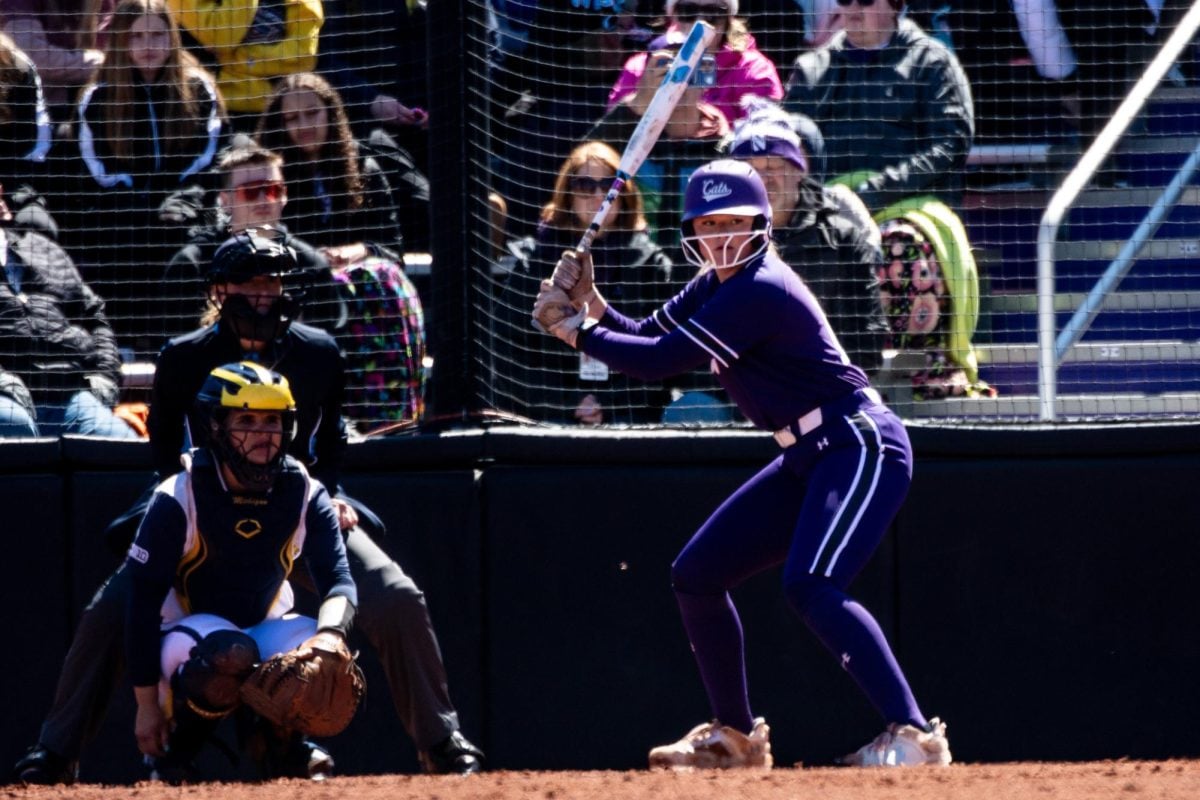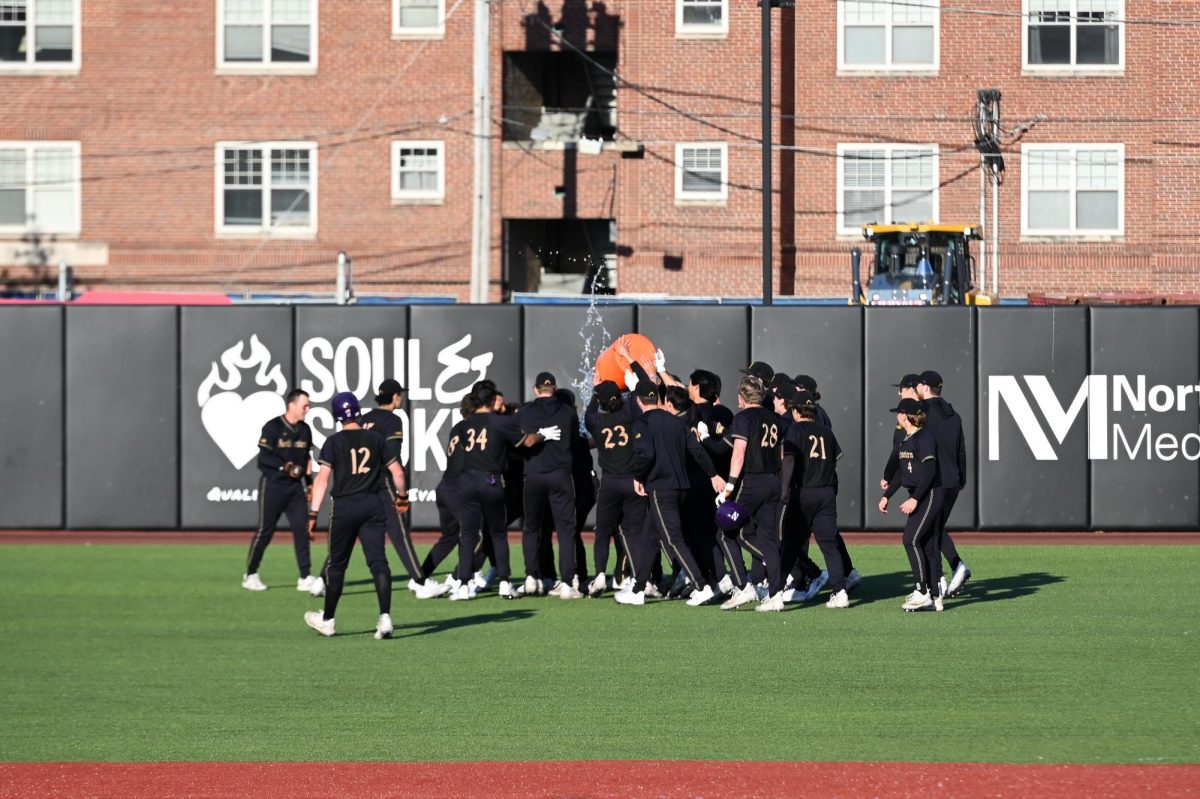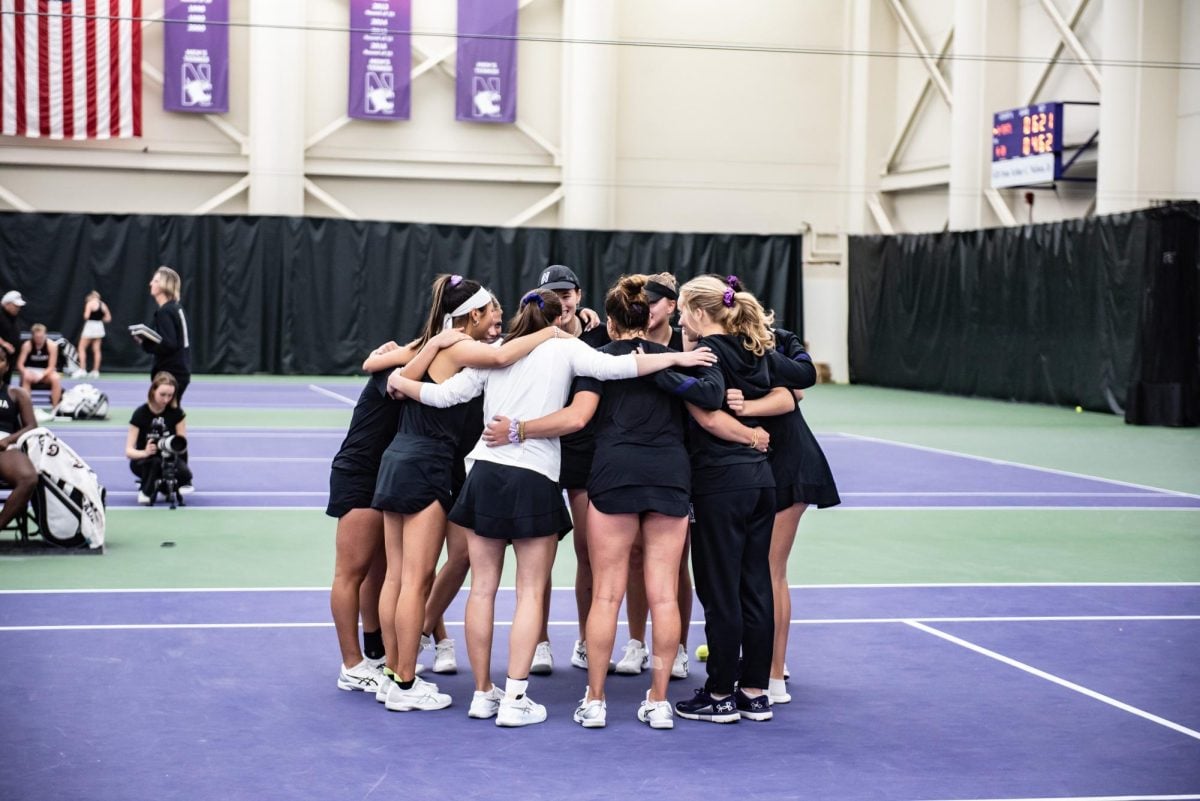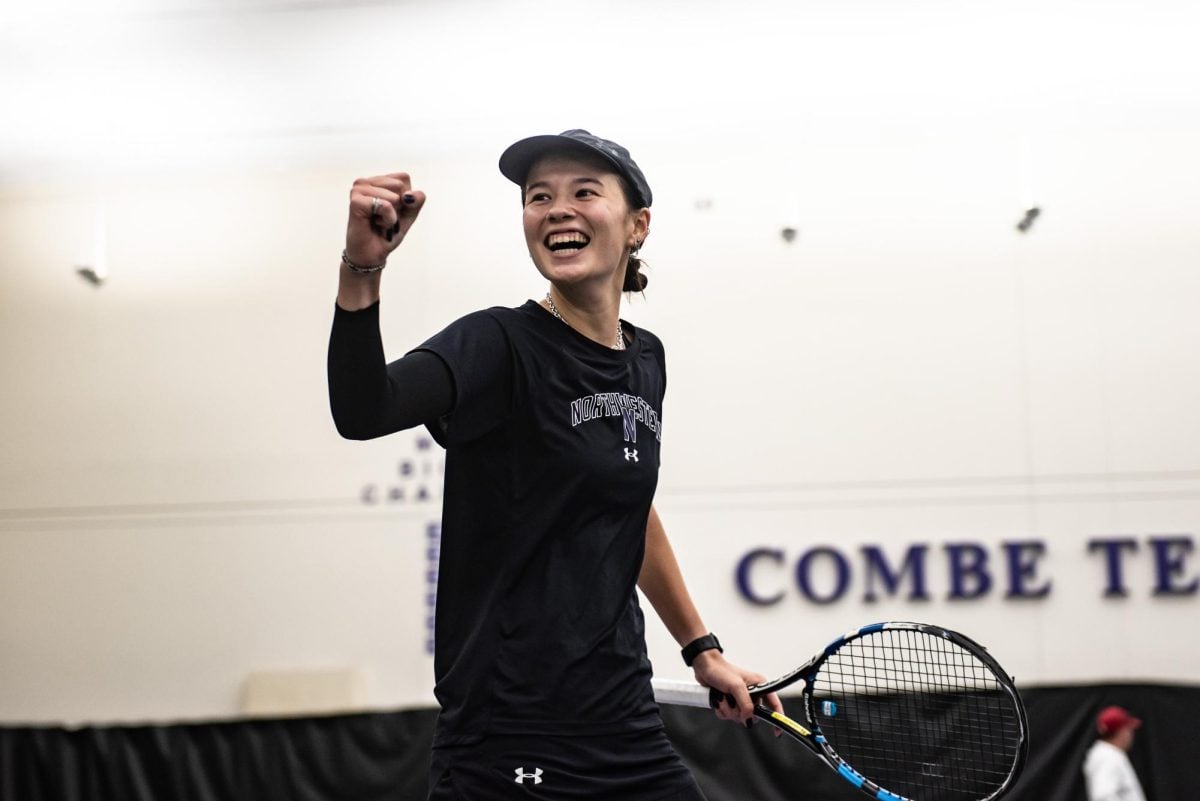It doesn’t seem to make sense. With leading scorer John Shurna sidelined against No. 1 Ohio State and playing a limited role against No. 24 Illinois, Northwestern’s offense still managed solid performances against two top-25 defensive teams.
The team currently ranks third in the conference and 14th in the country in offensive efficiency, averaging 116.7 points per hundred possessions. The message is clear, if not surprising: Though Shurna has played more of a supporting than starring role of late due to a concussion the junior forward sustained against Minnesota two weeks ago, NU is still getting its offensive power – just not in the way most NU fans would have guessed at the start of the season.
NU’s offense has had to become more balanced without Shurna. Sophomore forward Drew Crawford currently leads the team in field goal attempts, but not by much. Crawford has only taken five more shots than Thompson and 19 more than Shurna on the season.
One measure of shot distribution is the ratio of field goal attempts between different players on a team. The ratio between Crawford and Shurna, who is third on the team in field goal attempts, is a statistically insignificant 1.08. Basically, Crawford and Shurna are taking roughly the same number of shots.
To put that in perspective, the conference average is 1.6 attempts. NU’s ratio between the first and third shooter is the lowest in the Big Ten. Among its top three players, NU currently has the most balanced attack in the conference.
“The Price of Anarchy in Basketball,” a paper presented by Brian Skinner at last year’s Sports Analytics Conference, suggests that this balance may have enabled NU’s offense to keep rolling without its injured star.
The basic premise of the paper is that some players shoot too much. But it’s not the bad shooters or reserves who are the problem. Instead, Skinner argues that it’s the team’s best players who often reduce the team’s overall efficiency by shooting too much.
This argument hinges on the existence of a skill curve, a negative relationship between usage rate and shooting percentage. This means that as an offensive player takes a higher proportion of his team’s shots, its effectiveness begins to decline. The idea behind the theory is relatively simple: When one player is the focus of the offense, a defense can react in ways that cause opponents to take and, hopefully, miss tougher shots.
Once this decay in efficiency is taken into account, it suggests a counter-intuitive game plan. Rather than trying to get the best offensive player the most looks, a team should try to give its star player enough looks to maximize its efficiency.
But the team should be cautious not to give the player so many looks that the defense can start to key in on them and force tougher shots.
The ideal number of shots will vary according to the player’s skill, the ability of their teammates and the quality of the defense that they face. In the example from Skinner’s paper, he finds that a team featuring Ray Allen and otherwise average players would maximize the team’s overall field goal percentage by allowing Allen to take only one-fifth of the team’s shots. In this example, the team’s star player shouldn’t shoot any more than its average players.
For NU, Shurna’s injuries have reduced his role in the offense and encouraged the reduction in shots that Skinner says can lead to greater efficiency. Michael Thompson has been the scoring leader the past few games but on the season Thompson, Crawford and Shurna have all taken about 20 percent of the team’s overall shots. From the perspective of the Skinner paper, what NU has lost in Shurna’s injury it has gained in an improved allocation of the shots that Shurna would usually be taking.
Skinner’s formal model is convincing. The only problem is that very little empirical evidence exists to support the notion that a player’s offensive efficiency declines the more that they are used, which is Skinner’s primary contention.
It’s tough to find any skill curves in college basketball as the short seasons don’t provide many data points. Because young players improve so much in the off-seasons, season-to-season comparisons don’t work either. Skinner uses Boston Celtics guard Ray Allen as his example, but this works only because Allen has played for a high number of injury-free seasons and has had a varied role in his team’s offenses over the years.
For now, accepting the “Price of Anarchy” argument with such scant evidence is as much an article of faith as a reasoned judgment. While Shurna continues to work back to full strength, Wildcat fans will just have to hope that Skinner got it right.
Co-sports editor Erik Peterson is a Medill junior. He can be reached at [email protected].







